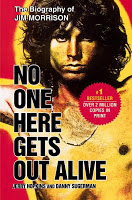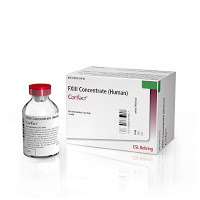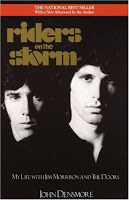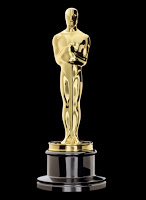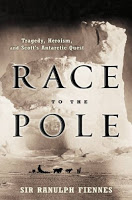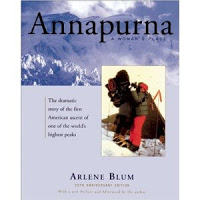Jambo Kilimanjaro!
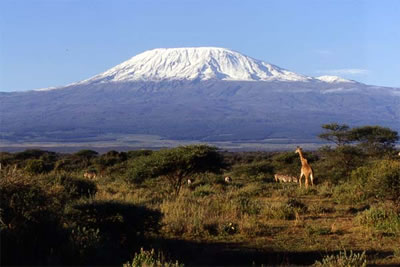 At 19,340 feet, Kilimanjaro is the highest mountain on the African continent and the largest freestanding mountain in the world. And guess what? I am going there in August! I’m actually going to hike it and attempt the summit. Why? Not just because it’s there, but as a fundraiser for Save One Life.
At 19,340 feet, Kilimanjaro is the highest mountain on the African continent and the largest freestanding mountain in the world. And guess what? I am going there in August! I’m actually going to hike it and attempt the summit. Why? Not just because it’s there, but as a fundraiser for Save One Life.
Save One Life is a child sponsorship program for children with blood disorders in developing countries. I founded this 10 years ago to help the poor I saw during my trips overseas. We now have 750 children and adults with hemophilia enrolled, and we hope to add many more! Remember, of the estimated 400,000 with hemophilia in the world, 75% have little or no access to factor. They need our help. And we have a way to help them.
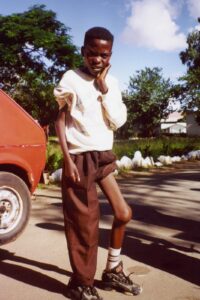 The climb is the brainchild of Eric Hill, president of BioRx, a homecare company, and a sponsor of two kids with hemophilia. Last year he, an employee, and a person with hemophilia, Jeff Salantai, climbed Mt. Rainier. That was a highly technical climb, meaning they had equipment, ropes and crampons. Thankfully, Kilimanjaro is not a technical climb, but it’s no walk in the park! With a team of ten, we will trek for 4 days, hopefully summit on the 5th, and then come all the way downhill in one long day.
The climb is the brainchild of Eric Hill, president of BioRx, a homecare company, and a sponsor of two kids with hemophilia. Last year he, an employee, and a person with hemophilia, Jeff Salantai, climbed Mt. Rainier. That was a highly technical climb, meaning they had equipment, ropes and crampons. Thankfully, Kilimanjaro is not a technical climb, but it’s no walk in the park! With a team of ten, we will trek for 4 days, hopefully summit on the 5th, and then come all the way downhill in one long day.
Would you like to help us?
Visit http://www.saveonelife.net/mt-kilimanjaro-climb.php
See who is climbing with me! And consider making a donation. Note that climbers underwrite their own travel expenses: so 100% of your contribution will go toward Save One Life’s core services and Africa programs. Please be sure to email us to let us know who you are sponsoring!
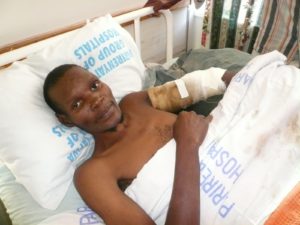
Asante Sana (thank you)!
Jungle Photos (www.junglephotos.com)
Great Book I Just Read
Home of the Blizzard by Douglas Mawson
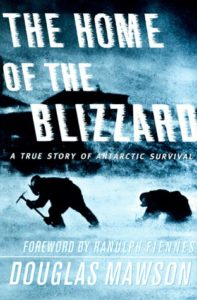
In December of 1911, Douglas Mawson, an Australian geologist, set out Antarctica to explore a 2000 mile long coastline to gather scientific data and search for the magnetic pole. What happened is one of the greatest survival stories of all times. When one companion falls to his death in a crevice, and takes most of the supplies with him on his sledge, Mawson and his remaining companion struggle on. They only had six dogs and one sled with enough food for ten days. Their struggle to survive is surreal; the dogs are reduced to eating the leather straps on the sledges, or even the hair from the reindeer sleeping bags. One by one, the men eat the dogs to survive. And it’s this that led to the demise of Mertz, who becomes delirious and dies. Vitamin A poisoning from dog liver is suspected, but not in this book, as there was no word even for vitamin then!
Alone, Mawson heroically staggers back in blinding katabolic winds, and temperatures of 40 below. How he survived is beyond belief and makes for a gripping read. Mawson is a professor and geologist, and the book is old, so expect some stilted writing and highly technical explanations. But Mawson is one of exploration’s greats and this is a classic. Four stars.

